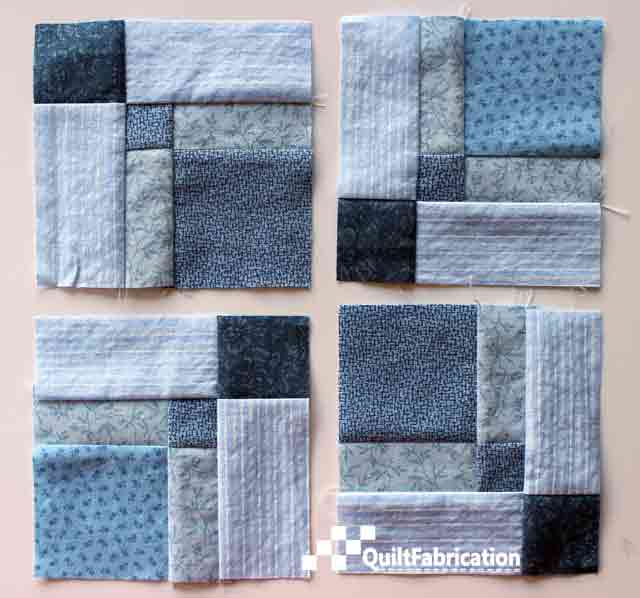My newly covered pressing board now has a spiffy new tote bag!
I've been wanting to make one of these for a while now, because toting a board, cutting mat, and ruler to classes was always a hassle. Now I have one, custom fit!
And an added plus, I made use of a UFO, the pieces from the class with Rita Hutchens.
The tote was pretty easy to put together, and includes a zipper at the top. The board measures 20" x 14",
so I made the starting fabric 24" x 18", to give it a bit of room for quilt shrinkage and trimming. Black was used on the front, the print for the lining.
A fusible interfacing was applied to all pieces for stability. The same size pieces of thin batting and a sew-in interfacing were also cut.
Next the straps were assembled. These are 6" wide by WOF. The center 24" has fusible interfacing applied, then the whole strap pressed in half lengthwise. The edges are folded to the center and pressed, making a 1 1/2" strap. A 24" x 1 3/8" piece of batting is inserted in the center to add cushion.
They're stitched closed along each edge, then stitched again 1/4" away.
The straps get positioned on the front black piece, with the strap side edges 7" from the bag edges. The length is determined by placing the end of the batting in the strap 1/2" below the top edge.
Straps are stitched along the edges, stopping 1/2" from the top bag edge.
This allows for application of the zipper.
Assembling a sandwich of lining (face down), interfacing, batting, and top (handles on the outside), they are stitched together at the edges. The decorative block is placed on top of the handles, right up to where the stitching stops, so that the strap ends are hidden. Edges are zigzaged.
Quilting was a simple 1/4" echo, and the whole process repeated for the other side.
The closed zipper is cut to 1" less than the width of top, in this case, 23", with the pull near the center. New stops were made by pressing a 1 1/2" fabric piece just like the straps, and sewing to the ends.
The zipper is centered, pull tab side down, along the top, with the straps folded back out of the way. Application is with a zipper foot.
This seam is flipped toward the bag, and topstitched 1/8" from the edge.
The zipper was applied to the other side in the same manner, checking that the straps line up. The bag now looks like this.
Stitching together the three sides, right sides together, and leaving the zipper open for turning, the corners were sewn across to make a flat bottom. Turned inside out,
I now have a handsome carrying case for my board, cutting mat, and ruler. Yeah!!
Happy Quilting!











.jpg)















































